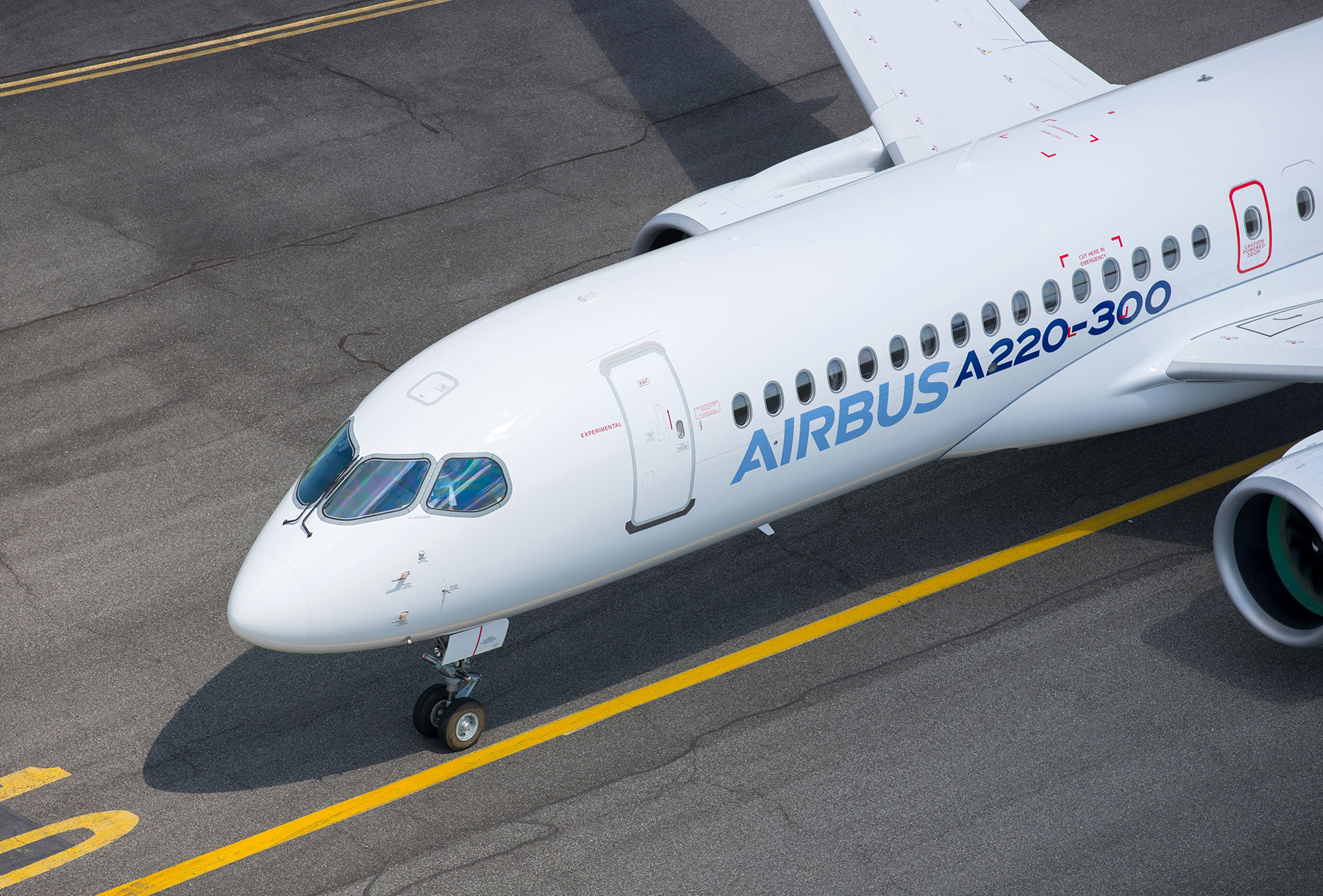Log-in here if you’re already a subscriber
This two-part analysis includes the benefits and drawbacks of the small narrow-body aircraft segment. It will conclude with the case in favor of the small narrow-body segment.
- Overcoming incumbent fleet commonality remains a key challenge for the new small narrow-bodies, especially with a renewed focus on reduced risk and cash expenditures by the airlines.
- Even though traffic declines should benefit smaller aircraft, it could have an opposite effect as networks are redesigned for the large aircraft that remain in the fleets.
- In the immediate term, cash is king. Purchasing any new aircraft will be a challenging prospect for years, and without a large presence in current fleets by the Embraer E2 and Airbus A220, it may slow the adoption of the sector.
As COVID-19 obliterates commercial aviation, a conventional wisdom has set in that gives an edge to small airplanes. It’s not that simple.
Purchasing commercial aircraft is a complicated process. Beyond the legal and financial challenges of completing the purchase, simply coming to an internal agreement can be an exercise in organizational decision making.
Related: Embraer can survive solo, but outlook mixed after Boeing breakup
As complicated as it may be to align network requirements with aircraft size, range, and efficiency, the realities of operating the new aircraft extend well beyond the fleet and network planning teams. The ability to maintain, staff, and recover from disruptions can stress even the most optimized network. The lack of third-party support and unknown lifecycle costs can impose damaging impacts to an airline’s cash flow, even if the aircraft is perfectly sized for the market. These are huge hurdles that must be cleared.

Such are the challenges new small narrow-bodies, the E2 series from Embraer and Airbus’s A220 face. Originally dominated by stalwarts such as the DC-9 and 737-200, as the market grew and single-aisles became more capable and economical, the 100-seat segment has dwindled to a fraction of its former size. Beneath this small narrow-body in size, lies the regional jet and its explosive growth during the same period, at the expense of the 100-seater.
With new small narrow-body aircraft entering the scene from traditional regional jet manufacturers (the Airbus A220 started life as the Bombardier C Series), renewed attention has been placed on the segment. Yet, even with the massive market demonstrated by earlier generations of small narrow-bodies, adoption has been slow – a testament to the myriad of decision points airlines face, and the hurdles each represents for the new fleet of old.
Related: U.S. regional airlines will play crucial role for big carriers after coronavirus
Especially in the new world that’s being reshaped by the global pandemic, where the risk of shutting down air travel is a reality rather than a deep contingency, the equation has further changed. This crisis unlike any the commercial aviation industry has never seen, has disrupted more than networks and cash flows. It will have long lasting effects on the aircraft purchasing decision process, and one that will have a disproportionate effect on the small narrow-body market.
In this TAC Analysis, we review these effects, both past and present, review the challenges of the new small narrow-body market, and how the coronavirus has made the argument for the small narrow-body a more challenging prospect.
Continue Reading...Subscribe to Continue Reading
Our award-winning aerospace reporting combines the highest standards of journalism with the level of technical detail and rigor expected by a sophisticated industry audience.
- Exclusive reporting and analysis on the strategy and technology of flying
- Full access to our archive of industry intelligence
- We respect your time; everything we publish earns your attention

